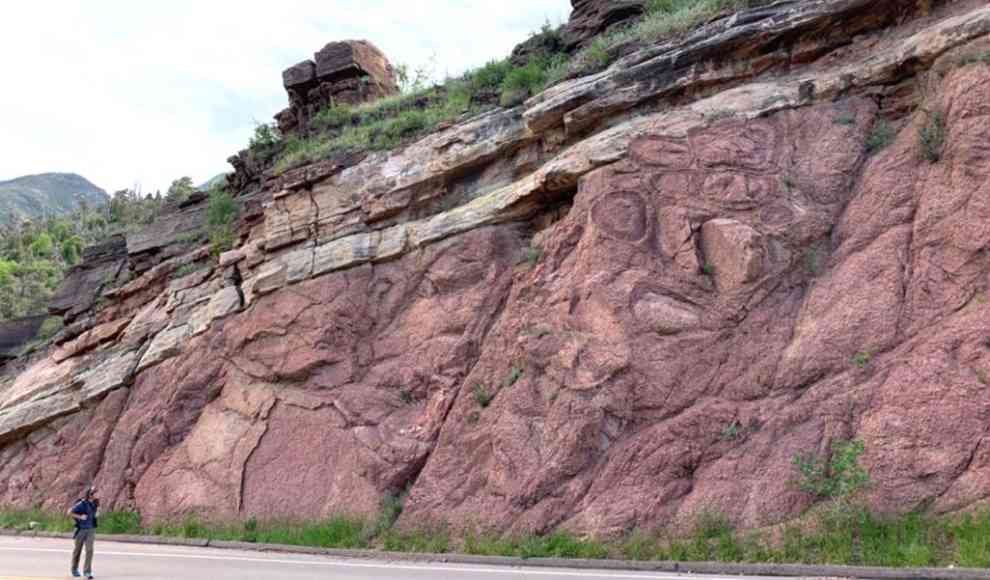Geologists have been puzzled for centuries by a gap in the Earth’s history, spanning almost a billion years, where there are no deposits worldwide. This gap has left a significant hole in our understanding of the planet’s past. However, researchers may have found a possible explanation for this missing information. Rebecca Flowers and her colleagues from the University of Colorado in Boulder have conducted a study to identify the cause of this gap.
The gap was first discovered in 1787 by James Hutton, who found a missing layer of rock spanning approximately 80 million years. Since then, geologists have discovered even larger gaps that cannot be explained. Flowers and her team analyzed various rocks in the Colorado Front Range to determine when the erosion that caused the gap occurred. They believe that plate tectonics is the most likely cause of the erosion, and that multiple large unconformities are more probable than a single cause.
Their findings, published in the scientific journal PNAS, provide insight into the possible cause of the gap in the Earth’s history. The team’s research suggests that plate tectonics may have caused the erosion that led to the missing deposits. This discovery could help fill the gap in our understanding of the planet’s past and provide a more complete picture of its history.










